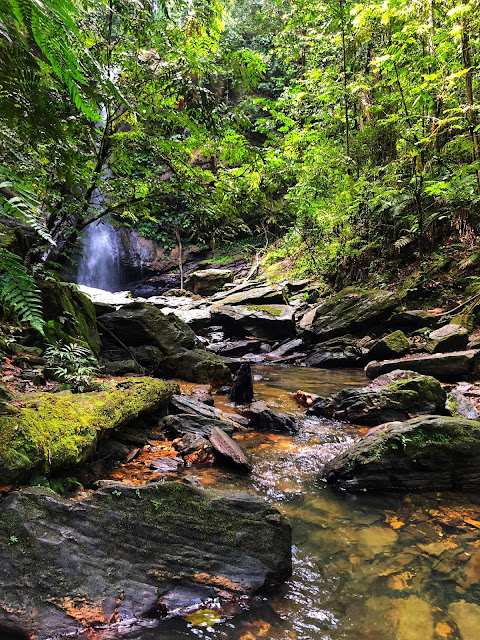To Tobago with Love

A long way from home, Richard JackJames sends Christmas greetings to Tobago from South Korea where he is stationed with the US military, his employer for the last eighteen years. Pat Ganase found him on FaceBook where he has been posting stunning aerial photos from all the places he visited, but especially Tobago. This was featured in the Newsday Tobago December 24, 2020. Richard JackJames “shouts out” to Tobago from South Korea. I was born in Hopeton, Bethel. I grew up with my two younger sisters and my parents who are now both deceased. My father Claude Jack was a fireman and my mother Roslyn James-Jack was self-employed, “a jack of all trades” and business woman. I att...


